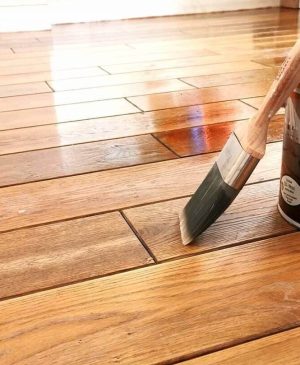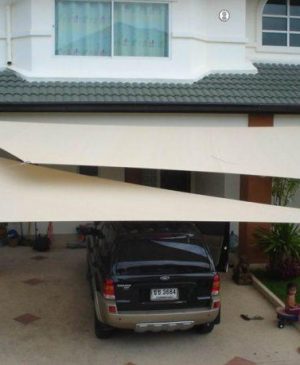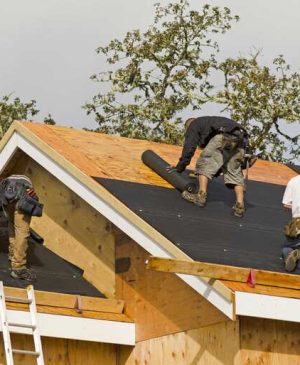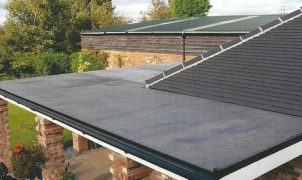Plumbing problems are a common inconvenience that homeowners encounter at one point or another. Whether it’s a leaky faucet, a clogged drain, or a burst pipe, plumbing issues can disrupt your daily life and often come with a hefty price tag if left unchecked. Fortunately, many common plumbing issues can be repaired with a bit of knowledge and the right tools. By understanding the basics of plumbing repairs, homeowners can not only save money but also ensure that their plumbing systems remain in good working order for years to come. In this article, we’ll explore the top 10 repair tips that can help you maintain your plumbing system, prevent issues, and tackle minor repairs with confidence.
1. Fix Leaky Faucets Quickly
A dripping faucet may seem like a minor annoyance, but it’s one of the most common plumbing issues that can lead to wasted water and higher utility bills. A faucet drip may be caused by a worn-out washer, a corroded valve seat, or a damaged O-ring. Fortunately, repairing a leaky faucet is usually a simple DIY task. Start by shutting off the water supply to the faucet, then disassemble the handle to inspect the internal components. If the washer or O-ring is damaged, replace them with new ones. For more stubborn issues, it may be worth replacing the entire faucet assembly. Regularly addressing leaky faucets will not only conserve water but also protect your fixtures from damage over time.
2. Unclog Drains Effectively
A clogged drain can bring your daily routine to a screeching halt. While commercial drain cleaners are available, they often contain harsh chemicals that can damage pipes over time. Instead, consider more natural methods of unclogging a drain, such as using a plunger or a drain snake. For minor blockages, pour a mixture of baking soda and vinegar down the drain, followed by hot water. This combination can help break up grease, soap scum, and other debris. If the clog persists, a drain snake or auger is an excellent tool for reaching deeper blockages. In cases where the blockage is stubborn, it may be worth calling a professional plumber to avoid causing damage to your pipes.
3. Know How to Shut Off the Water Supply
Knowing where your main water shut-off valve is located is essential in case of an emergency, such as a burst pipe or an overflowing toilet. The ability to quickly stop the water flow can prevent significant water damage to your home. Most shut-off valves are located in basements, crawl spaces, or outside near the perimeter of your home. Make sure that the valve is easy to access and in good working condition. Additionally, it’s a good idea to check the shut-off valve periodically to ensure it opens and closes properly. Familiarize everyone in your household with the location of the valve and how to operate it in the event of a plumbing emergency.
4. Maintain Your Water Heater
A well-maintained water heater is essential for ensuring a steady supply of hot water. Over time, sediment and minerals can build up inside the tank, leading to inefficiency and potential failure. To keep your water heater in good working condition, flush the tank once a year to remove sediment build-up. Additionally, check the temperature setting on your water heater’s thermostat and set it to 120°F (49°C) to prevent overheating and conserve energy. If you notice any issues such as inconsistent hot water or strange noises coming from the tank, it may be time to call in a professional to inspect or replace your water heater.
5. Fix Running Toilets
A running toilet is one of the most annoying plumbing problems, and it can also be a major water waster. A toilet that constantly runs often has an issue with the flapper valve or the fill valve. Start by removing the toilet tank lid and inspecting the flapper valve for wear and tear. If it’s damaged or doesn’t seal properly, replace it. Also, check the chain connecting the flapper to the flush handle; it should have just enough slack to allow the flapper to close fully after flushing. If the issue persists, check the fill valve for damage or sediment build-up, as it may need to be cleaned or replaced. Fixing a running toilet is an easy repair that will conserve water and reduce your water bill.
6. Seal Leaks in Pipes
Leaky pipes can be a significant concern, especially if they’re hidden behind walls or under floors. If you discover a pipe leak, it’s important to address it promptly to prevent water damage. For minor leaks, a temporary fix can be achieved using pipe sealant tape or epoxy putty. These materials can create a waterproof barrier around the leak until you can replace the damaged section of the pipe. However, if the leak is more severe or in a hard-to-reach area, it’s best to contact a licensed plumber for a more permanent solution. Regularly inspect your pipes for signs of leaks, especially in areas prone to moisture, like basements and crawl spaces.
7. Replace Damaged Hose Bibs
The hose bib, or outdoor faucet, is often subjected to the elements and can become damaged over time. In colder climates, hose bibs are particularly vulnerable to freezing during the winter, which can lead to cracks or leaks. If you notice that the hose bib is leaking or not functioning properly, it may need to be replaced. Turn off the water supply to the hose bib, then remove the damaged faucet and replace it with a new one. This is a relatively simple repair that can prevent further water damage to your home’s exterior and plumbing system.
8. Check for High Water Pressure
High water pressure can put undue stress on your plumbing system, leading to leaks and pipe bursts. If you notice water spraying out of faucets or hear a loud banging noise in your pipes (known as “water hammer”), it could be a sign of high water pressure. To check the pressure, use a water pressure gauge to measure the pressure at your main water supply. If the pressure exceeds 60-70 psi (pounds per square inch), consider installing a pressure-reducing valve (PRV) to regulate the flow of water and protect your pipes. Reducing high water pressure will prolong the lifespan of your plumbing and prevent leaks.
9. Insulate Pipes in Cold Weather
In colder climates, freezing pipes are a common cause of plumbing issues. When water inside pipes freezes, it expands, potentially causing the pipes to burst and result in significant water damage. To prevent this, insulate pipes in unheated areas such as basements, attics, and exterior walls. Foam pipe insulation sleeves, heat tape, or even old towels can provide an extra layer of protection. If you anticipate a cold snap, let faucets drip slightly to relieve pressure on the pipes. Taking steps to insulate pipes will prevent freezing and minimize the risk of leaks during the winter months.
10. Know When to Call a Professional
While DIY plumbing repairs can save you money and time, some plumbing issues require the expertise of a professional. If you’ve attempted a repair and the problem persists, or if you’re dealing with a complex issue like a burst pipe or a malfunctioning sewer line, it’s best to call a licensed plumber. Professional plumbers have the experience, tools, and knowledge to diagnose and repair issues quickly and efficiently, preventing further damage to your plumbing system. Additionally, plumbers can perform inspections to identify potential issues that you may not have noticed, helping you avoid future problems.
Conclusion
Plumbing repairs don’t always require a professional; many common issues can be addressed with a bit of know-how and the right tools. From fixing leaky faucets to maintaining your water heater, the tips above can help you keep your plumbing system in top shape. Regular maintenance, prompt repairs, and knowing when to call in a professional are key to avoiding costly plumbing problems down the road. By following these top 10 repair tips, you can ensure that your home’s plumbing remains efficient, reliable, and long-lasting.


















